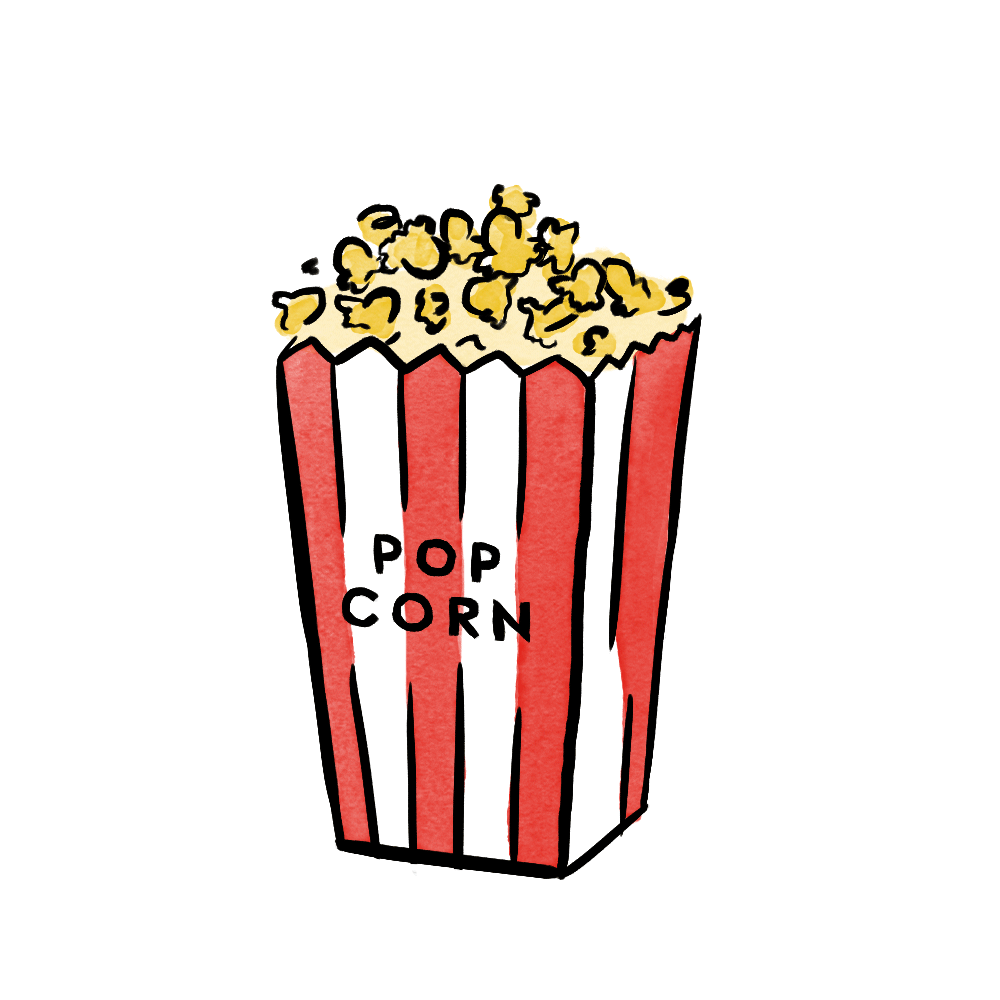Emergent Literacy
Pop Popcorn with P
Rationale: This lesson will help children identify /p/, the phoneme represented by P. Students will learn to recognize /p/ in spoken words by learning a sound analogy (popping popcorn) and the letter symbol P, practice finding /p/ in words, and apply phoneme awareness with /p/ in phonetic cue reading by distinguishing rhyming words from beginning letters.
Materials:
-
Primary paper and pencil
-
Chart with "Patty’s perfectly popped popcorn"
-
Drawing paper and crayons
-
The Pigs’ Picnic, Moore (2001)
-
Word cards with PIG, APPLE, PARTY, PERSON, PAINT, and PARROT
-
Assessment worksheet identifying pictures with /P/ (see URL below).
Procedures:
1. Say: Our written language is a secret code. The tricky part is learning what letters stand for—the mouth moves we make as we say words. Today we're going to work on spotting the mouth move /p/. We spell /p/ with the letter P. P looks like a sideways pan, and /p/ sounds like popping popcorn.
2. Let's pretend to pop popcorn, /p/, /p/, /p/. [Pantomime fingers in a popping motion] Notice where your lips go together like a pop? (Touching lower lip). When we say /p/, we bring our lips together
and blow air out of our mouth.
3. Let me show you how to find /p/ in the word cap. I'm going to stretch cap out in super slow motion and listen for my popping p. C-aaaa-pppp Slower: Ccc-aaaaaa-pppppppp There it was! I felt my lips pop and blow air. Popping /p/ is in cap.
4. Let's try a tongue tickler [on chart]. Patty wants a snack. She asks her mom, Petra, to make her some popcorn. Petra pops Patty’s perfect popcorn. Here’s our tickler: “Petra perfectly pops Patty’s popcorn.” Let’s all say it three times together. Now let’s say it again but this time stretch the /p/ at the beginning of the words. “Pppppetra ppppppopppps Pppppatty’s pppperfect pppppopppcorn.” Try it again and this time break it off the word; /p/etra /p/opped /p/o/p/corn /p/erfectly.
5. [Have students take out primary paper and pencil]. We use letter P to spell /p/. Capital P looks like an upside-down lowercase b! Let's write the lowercase letter p. Start at the middle line and draw a straight line down to the bottom line. To make the circle, start at the middle line and draw a circle that goes a little above and a little below the middle line. I want to see everyone’s p. After I put a sticker on it, I want you to write 9 more for practice!
6. Call on students to answer and tell how they knew: Do you hear /p/ in pink or blue? key or cup? marker or pencil? lip or nose? pass or go? Say: Let's see if you can spot the mouth move /p/ in some words. Do a popping motion with your hands if you hear /p/ Piper, went, to, the, park, and, played, with, a, puppy.
7. Say: "Let’s look at a fun book, “The Pigs’ Picnic.” This is a story about the Penny, Peter and Polly Pig who are planning the perfect picnic! Every time you hear /p/ in the book, make the popping gesture with your hands. Then at the end, you can draw your own perfect picnic!
8. Show PUFF and model how to decide if it is puff or ruff: The P tells me pop popcorn, /p/, so this word is ppp-uff, puff. You try some: POT: pot or hot? PORK: is it pork or fork? STOP: is it stop or pop? BEEP: is it bear or beep? PLANE: is it a plane or shake?
9. For assessment, distribute the worksheet. Students color the pictures that begin with P. Call students individually to read the phonetic cue words from step #8.
Reference Murray, Bruce (2012). Making sight words: Teaching word recognition from phoneme awareness to fluency. Ronkonkoma NY: Linus. p. 110, 294.
Related design: Bruce Murray, Brush Your Teeth with F https://murraba.wixsite.com/readinglessons/emergent-literacy
Assessment worksheet: http://members.learningplanet.com/ws/abc/circleLetters/circle_p.pdf
Image:
https://media2.giphy.com/media/65LcwStZ4smNeDa6jQ/source.gif
Back to Reading Genie:
